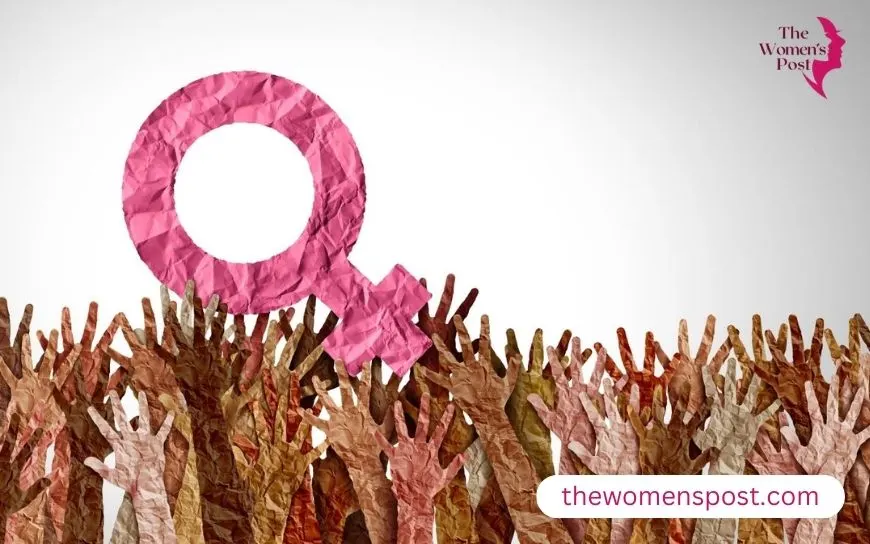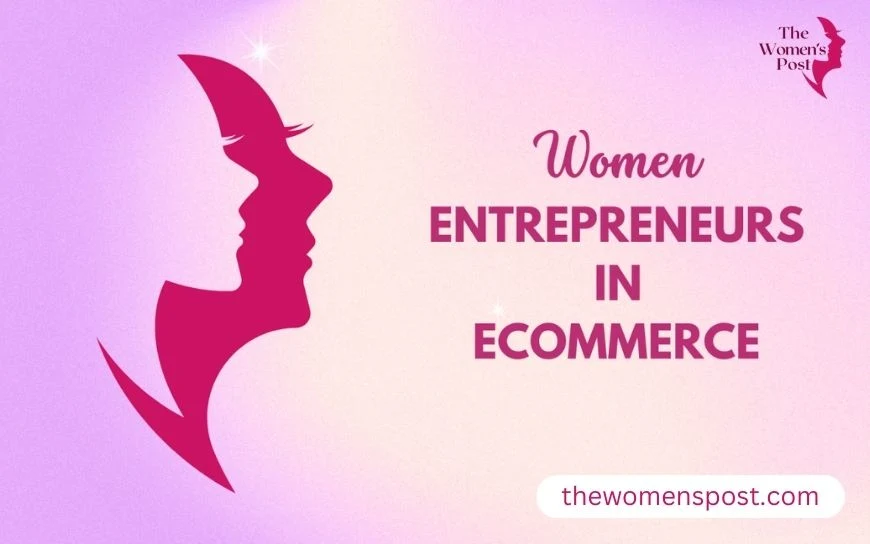The Dark Side of the Digital Age: Online Harassment and Cyberbullying Against Women

The digital age has changed the way we communicate, learn, and express ourselves. With the rise of social media, forums, and digital platforms, people may now connect across borders in ways that were before impossible. However, this technological marvel has also resulted in a negative side: online abuse and cyberbullying, particularly against women. This ubiquitous issue not only jeopardises women’s safety, but also violates their ability to freely engage in the digital world.
Understanding online harassment and cyberbullying
Online harassment is the use of digital platforms to target someone with abusive, threatening, or insulting content. Cyberbullying is a type of online abuse that involves persistent, intentional activities to damage or intimidate someone, frequently using anonymity to avoid accountability. For women, these behaviours frequently include sexual harassment, doxxing (revealing personal information), slut-shaming, and non-consensual sharing of intimate images.
Reports and studies disclose startling data. According to a Pew Research Centre research, serious kinds of online abuse, such as stalking and sexual harassment, disproportionately affect women, particularly young women. Women in countries like India, where patriarchal traditions continue to affect societal behaviour, face an especially hostile digital environment. Cyber Violence Against Women and Girls (CVAWG) is a growing global phenomenon that affects women from all walks of life, including students, professionals, activists, and public personalities.
Impacts of online harassment and cyberbullying
The psychological effects of internet harassment are substantial. Victims frequently experience worry, melancholy, and a sense of helplessness. For some, the abuse becomes so severe that they completely retreat from social media or other digital venues, resulting in a state of “digital exile.” This seclusion has an impact not only on their personal life, but also on their job chances in an increasingly digitally connected world.
The social cost of online harassment on women is enormous. Silencing women’s voices online reinforces gender inequity and reduces variety in public discourse. Furthermore, businesses and organisations miss out on vital contributions from women who feel uncomfortable or unwelcome in digital settings. Studies show that women’s participation in technology, politics, and media—fields where online harassment is particularly rampant—declines when they are subjected to persistent abuse.
Types of Online Harassment of Women
- Sexual Harassment: Unwanted explicit communications, pictures, and videos, as well as requests for sexual favours.
- Doxxing: The public disclosure of personal information, such as home addresses or phone numbers, in order to frighten or threaten the victim.
- Revenge Porn: The sharing of intimate photographs or films without the victim’s consent, usually to embarrass or manipulate them.
- Trolling: Trolling is defined as posting offensive comments in order to provoke, ridicule, or belittle others.
- Threats of Violence: This includes death threats, rape threats, and threats to harm family members.
The underlying causes of online harassment against women are as follows:
- Patriarchal Mindsets: Long-held cultural attitudes frequently normalise the objectification and control of women.
- Anonymity: Digital platforms frequently provide a layer of anonymity, allowing criminals to act without fear of repercussions.
- Lack of Legal Recourse: In many nations, regulations prohibiting internet harassment are either ineffective or inadequately enforced.
- Platform Policies: Social media firms frequently fail to address abuse in a timely or adequate manner, allowing abusers to continue their actions.
Case Studies
- Gamergate: In 2014, women in the gaming industry faced threats and abuse after calling out misogyny in the industry. This historic incident exposed the toxic environment in male-dominated internet platforms.
- Indian Women Journalists: Female journalists in India frequently experience trolling, doxxing, and sexual threats for their job, particularly when reporting politically sensitive issues.
- Bulli Bai and Sulli Deals Apps: In these infamous examples in India, online platforms auctioned Muslim women’s profiles without their consent. The apps aroused outcry and exposed the link between religion and gender-based harassment.
- Caroline Criado Perez: A British feminist crusader, Criado Perez received numerous rape and murder threats after lobbying for women’s representation on UK banknotes. Her situation prompted revisions to Twitter’s reporting processes.
- Chrissy Teigen: The American model and author has spoken up about her encounters with internet trolls and harassment, putting attention on how popular personalities are targeted for their beliefs and appearance.
- Women Activists in Afghanistan: Following the Taliban’s comeback, women activists fighting for rights on digital platforms experienced a barrage of threats and intimidation, highlighting the dangers in combat zones.
Combatting Online Harassment
- Addressing online harassment against women involves a multifaceted approach that includes governments, technology platforms, civil society, and people.
- To fight internet abuse, governments need to strengthen legislation and enforce it. For example, India’s Information Technology Act contains laws to combat cybercrime, yet awareness and enforcement remain weak. Training law enforcement officers to handle such incidents carefully is critical.
- Improved reporting procedures and prompt action against abusive accounts are crucial for social media platforms to maintain accountability. Transparent reports describing harassment-related actions can help to create confidence and accountability.
- Educating users on digital etiquette and the impact of harassment can promote a safer online environment. Campaigns like “#MeToo” have shown the power of collective action in raising awareness and holding perpetrators accountable.
- Providing victims with accessible support networks, such as helplines, counselling services, and legal aid, can help them negotiate the aftermath of online harassment.
- To combat online abuse and support victims, allies, especially men, can play an important role. When harassment is noticed, calling it out can help to foster a zero tolerance culture.
The Role of Media and Activism
Media and activist groups play an important role in combatting online harassment. They can raise awareness of the issue and encourage systemic change by showcasing resilience stories and providing a forum for survivors to express their experiences. Organisations like the Cyber Civil Rights Initiative and Feminist Internet work relentlessly to make online places safer for women.
Online harassment and cyberbullying of women are more than just personal attacks; they are structural challenges that reflect larger societal imbalances. To combat this scourge, collective action is required, ranging from stronger legislation and corporate responsibilities to education and individual accountability. By addressing these issues, we can make the digital world a place where women may thrive, free of fear and intimidation.









